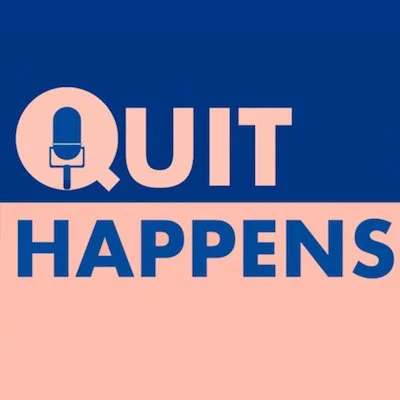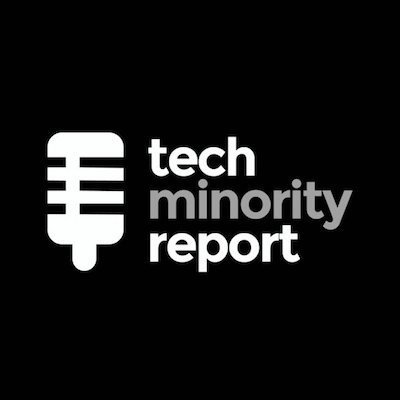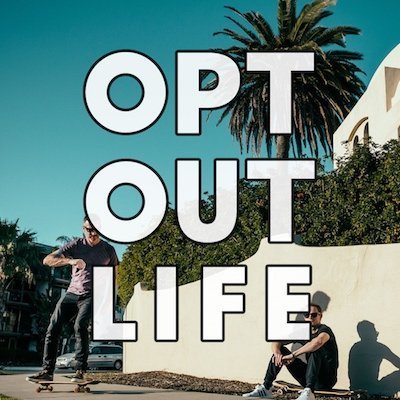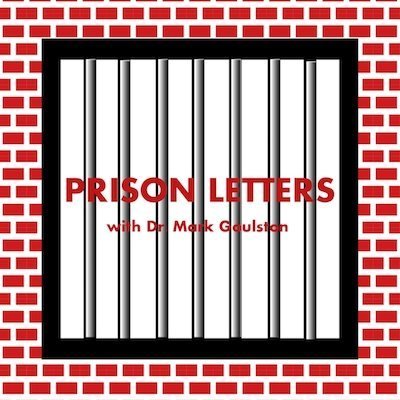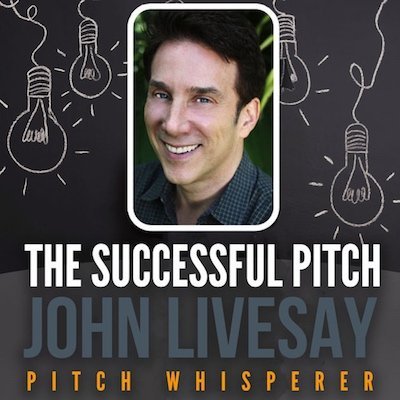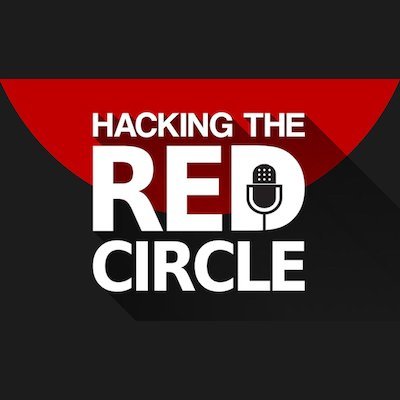The Emotional Side of Storytelling
Personal storytelling is all about sharing and understanding. The sharing of your experiences, views, insights, opinions, perspectives and wisdom, in the hopes that your audience – in front of people and/or by way of video or audio production – will gain a newfound understanding of the important topic at the center of your story, as well as better knowing you, the speaker.
In order to achieve this enhanced level of understanding, and to foster positive change as a result, there are two questions that I always pose to a speaker as they develop their story:
1) What will the audience think?
2) How will the audience feel?
The thinking part is a mixture of information and logic – the facts that you offer to support your message, and the way in which those facts are arranged. (more on this in a future post)
The feeling part is about the emotional reaction(s) that your audience will have, both during and after your presentation. In most cases a great talk will create feelings of being inspired, empowered and hopeful. Despite the negative aspects and implications that you may reveal during your speech, as problems are rarely upbeat in nature, you also include a proposed solution that invites the audience to participate, thus offering the vision of a brighter future.
For example, a story about traveling to Mars in a spaceship may evoke feelings of excitement, as well as fear, pride and hope, while a talk about overcoming the challenges you faced in order to become a successful entrepreneur may evoke feelings of connection and empathy, as well as inspiration and determination.
Without an emotional reaction to your message,
an audience will simply become apathetic.
Listed below are examples of how an audience might feel during or after hearing your story. It is by no means comprehensive – it’s up to you to determine the emotions that you want to convey in your story – so feel free to add to this collection as you see fit.
| Feeling wiser | Feeling smarter | Feeling depressed |
| Feeling loved | Feeling hopeful | Feeling challenged |
| Feeling proud | Feeling inspired | Feeling recognized |
| Feeling happy | Feeling reverent | Feeling empathetic |
| Feeling fearful | Feeling powerful | Feeling entertained |
| Feeling scared | Feeling liberated | Feeling determined |
| Feeling excited | Feeling validated | Feeling understood |
| Feeling humble | Feeling awestruck | Feeling empowered |
| Feeling curious | Feeling connected | Feeling enlightened |
As you draft each Story Block while working on your manuscript, think about the emotion you want the audience to feel during each point in the story. While recognizing the importance of word choice, do the words/phrases/sentences as written properly represent those feelings?
And when you enter the presentation phase and begin rehearsing, make sure your voice also matches the intended emotion. This is where vocal variation can really shine in its ability to bring your words to life. Record yourself, then play it back and listen to the tone, volume and inflection of your voice. If you’re rehearsing in front of friends or family, ask them if the emotions in your voice match the intent of your words. They’ll usually hear any mismatches.
 Emotional Reaction Photos by Robin Higgins at Pixabay
Emotional Reaction Photos by Robin Higgins at Pixabay
◆
◆
contact me to discuss your storytelling goals!
◆
Subscribe to our newsletter for the latest updates!
Copyright Storytelling with Impact® – All rights reserved



